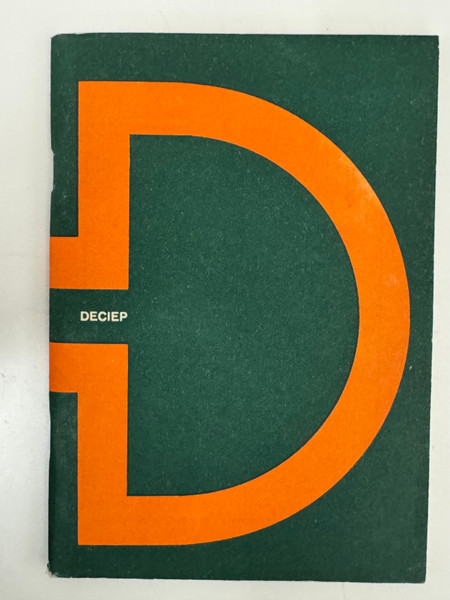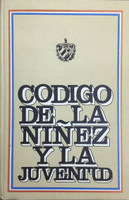- Travel
-
Exhibits
- La Portada Cubana
- Immortal Cuba: Artists Take on Their Heroes
- Seattle Poster Exhibit
- Sandra Dooley & Alejandrina Cué
- The Art of Wayacón
- Cuban Folk Art
- Cuba In Black And White
- 25 Years of Cuban Art Space
- Summer Folk Art Expo
- ¡SPRING AWAKENING FROM CUBA!
- Celebrating The Art Of Cuban Women
- Celebrating Paper, Affordable Art from Cuba
- Art of the Revolution
- Outsider Art
- Lost and Found
- En la lucha: Celebrating Cuban Women and Their Art
- Cuban Art Stash
- 100 Fires: 5 Cienfuegos Artists' Work on Paper
- Waya + Monte! Magic Realism in Cienfuegos
- Viva Cuba Viva! Poster Show
- Cultivando Sueños
- Black Lives Matter in Cuba Jan 9-March 27
- Leandro Soto: Crónicas visuales
- Cuban Canvas
-
Archive
- Global Reflection 2018: Spirit and Community
- Exhibit in the cloud: Contemporary Works on Paper
- MADE IN CUBA! MINNEAPOLIS EXHIBIT
- Cuban Posters and Photography from CCS collection
- AUTUMN SALE! Sept/Oct 2017
- SPRING ARTS AND CRAFT SALE
- Vuelo Directo/Non Stop: Alberto & Alejandro Lescay
- The Many Faces of Fidel
- Somos
- Made in Cuba!
- The US empire in Cuban graphics
- Made in Cuba/Seattle exhibit
- Entre Nos
- Looking Back
- Cuban Art Space
- Membership/Donate
- About Us
- Cuba News
-
The cover design employs the same bold geometric vocabulary as subsequent DECIEP issues but with a striking dark teal-green and vibrant orange color scheme. The large stylized "D" formed by curved and angular shapes dominates the cover, with "DECIEP" positioned in white lettering within the negative space. The back cover features horizontal orange stripes against the same deep green background, creating a rhythmic visual pattern that reinforces the journal's distinctive modernist identity. This consistent use of strong geometric forms across issues, while varying the color palettes, demonstrates a sophisticated understanding of serial publication design and brand recognition.
Published bimonthally by the Department of Information Sciences at the University of Havana's School of Journalism, this May-June 1973 issue preceded the tumultuous events that would dominate the following July-August number. The editorial board for this issue included Miriam Rodríguez Bethencourt, Arnaldo Morales Capó, Félix Beltrán, José Rodríguez Méndez, Pedro Rodríguez García, and María de los Ángeles González. Like all DECIEP issues, it was printed at the "Camilo Cienfuegos" Workshops of the DOR (Departamento de Orientación Revolucionaria) of the Central Committee of the Communist Party of Cuba.
The table of contents reveals the journal's focus on theoretical foundations of revolutionary communication: "La Verticalidad del Mensaje" (The Verticality of the Message) examines how capitalist media structures impose messages from above, contrasting this with revolutionary communication models that aim to dismantle class-based information hierarchies. The lead article draws from Armand Mattelart's "Comunicación y Cultura de Masas" to analyze how the concept of press freedom in capitalist societies serves minority interests while appearing to serve the majority. Additional articles include "De la exposición periodística a la representación artística" (From Journalistic Exposition to Artistic Representation) and "La Letra Impresa, una Consecuencia en el Desarrollo de la Comunicación" (The Printed Letter, a Consequence in the Development of Communication), exploring the relationship between media forms and social communication. The issue concludes with its regular "Sección de Noticias" (News Section), maintaining the journal's role as both theoretical publication and professional bulletin for Cuban journalism educators and practitioners.
-
-
Discover More at the Center for Cuban Studies







